Stonehenge (Wiltshire, England) – World Famous Ring Of Massive Stones With A History of Over 10,000 Years!
Stonehenge is a man-made circle of huge standing stones in Salisbury Plain (Wiltshire, England). I visited this prehistoric monument on a day tour with the awesome Evan Evans Tours during my holiday in London. Having known about this mysterious structure since young, it was surreal to finally see it in person.
Table of Contents
- Shuttle Bus to Stonehenge
- First Impression
- Stonehenge Origins
- Walking Around Stonehenge
- Station Stone
- Round Barrows
- Different Views of Stonehenge
- Heel Stone
- Stonehenge Visitor Centre
- Conclusion
Shuttle Bus to Stonehenge
After a pleasant morning exploring Bath, we boarded our coach again for a comfortable one-hour ride to the Stonehenge Visitor Centre. From here, we took a 5-minute shuttle bus to Stonehenge.
First Impression
Soon, I came face to face with this world-famous prehistoric monument. There were rope barriers around the Stonehenge, but we got close enough to get a good look.
Having known about Stonehenge since young, it was a special moment for me to finally see these ancient stones in person.
For thousands of years, this was probably the most sacred site for prehistoric humans in Britain. I could totally imagine mysterious druids draped in white robes performing their sacred rituals within the stone formation.
That said, I had imagined the stones to be much larger. In reality, the biggest stones stood at a height of about 4 metres.
Of course, that is still a very impressive size. In fact, till today we still do not know how the prehistoric humans managed to transport some of these large stones.
While it was definitely a very special experience to see Stonehenge, I think it must have been a lot more spectacular before it fell into such a decrepit state. Today, many of the stones have either fallen over or gone missing.
The stones were also probably a lot smoother and well-shaped last time. Today, they have been badly worn down by the elements.
And because people saw the Stonehenge as a place of healing, they would chip away small pieces of bluestones to create amulets or to use as medicine. This resulted in further damage to the stones.
We visited the site at about 3pm and there were a sizeable number of tourists around. Luckily, an empty spot opened up and we quickly took many pretty photos here with the Stonehenge in the background.
Stonehenge Origins
Stonehenge was actually built over three major phases starting from 3100 BC and ending in 1600BC (though there are evidences dating back to 8,000 BC showing that this was an important ritual site long before the stones were erected).
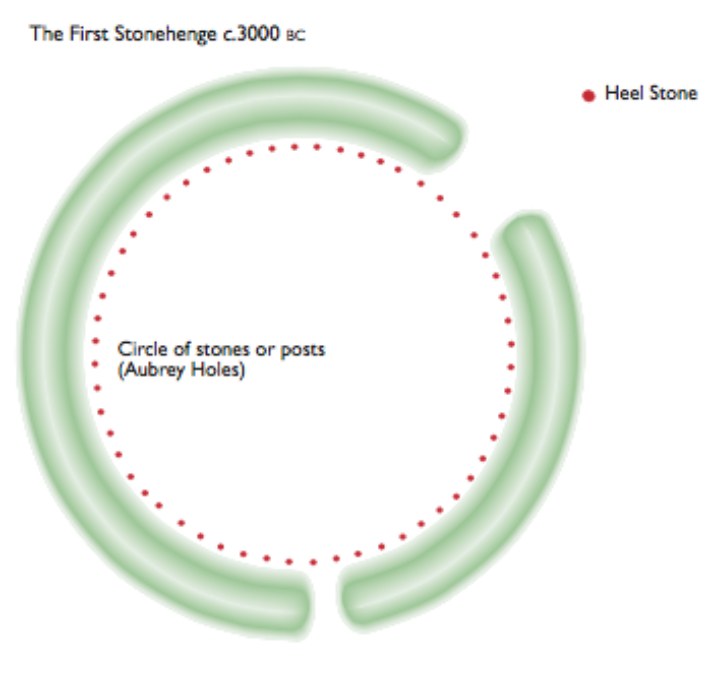
During the first phase of construction in 3100 BC, a large circular ditch was built. Animal bones such as ox and deer bones were placed in the ditch as part of some form of ancient ritual.
The ditch was surrounded by 56 pits known as “Aubrey Holes”, which held four metre tall timber poles. Today, the positions of some of these holes are marked by white discs on the ground.
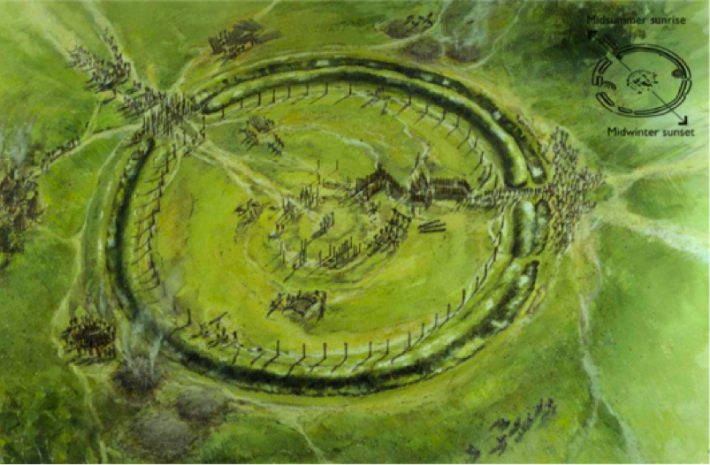
The second phase happened about 100 years later. We don’t have much evidence for this period, but it seems that some kind of timber structure was constructed within the circular enclosure.
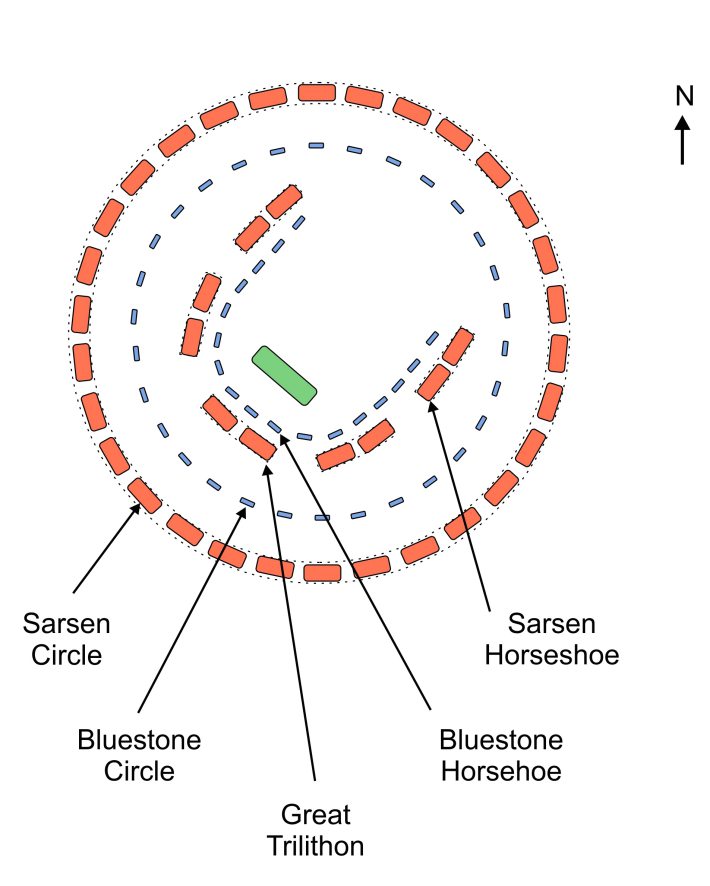
The third phase started from 2600 BC, when the famous stones we see today were transported to the site. There were two types of stones: “sarsen stones” and “bluestones”.
The sarsen stones were mined from a quarry around 48 km away and dragged to the site using wooden rollers. The stones weighed a whopping 25 tons each!
In total, thirty sets of sarsen stones were used to construct a tight circular formation. Within the circle, five sets of sarsen stones (each forming a “trilithon”) were arranged to form the shape of a horseshoe.
As for the bluestones, they were likely transported from the Preseli Hills in Wales, 300 km away from Stonehenge! The stones were smaller than the sarsen stones but still weighed about 4 tons each.
It remains a mystery how these heavy bluestones were brought to the site, but it is generally accepted that the builders used a combination of land and water transportation methods.
Around 70 of these bluestones were placed inside the sarson stone circle. They were rearranged several times over the centuries, and their final shape appears to have been a horseshoe and circular setting (refer to picture of third phase above).
A bluestone weighing six tons was placed in the middle of the circle; this came to be known as the Altar Stone (represented by the green colour stone in the picture above). However, mostly of it is hidden below fallen pieces of sarsen stones today.
Above is a visual representation of the Stonehenge at the end of the third phase.
You can also check out the above picture comparing the original stone formation and its current state today.
Above is an aerial view of the Stonehenge today.
Stonehenge became a UNESCO World Heritage Site in 1986.
Walking Around The Stonehenge
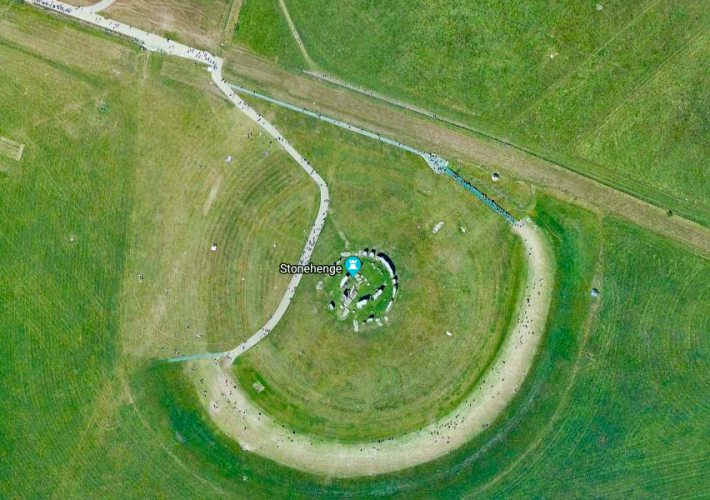
After taking plenty of photos, we proceeded to walk along the large circular path around the Stonehenge.
While walking, I noticed that there were many people wandering around in the surrounding fields. According to one of the information boards, it is because these fields are owned by the National Trust England and are free to explore.
This might be a good idea if you have time, since there are various other Stonehenge-related monuments in the fields, including hundreds of large burial mounds.
Station Stone
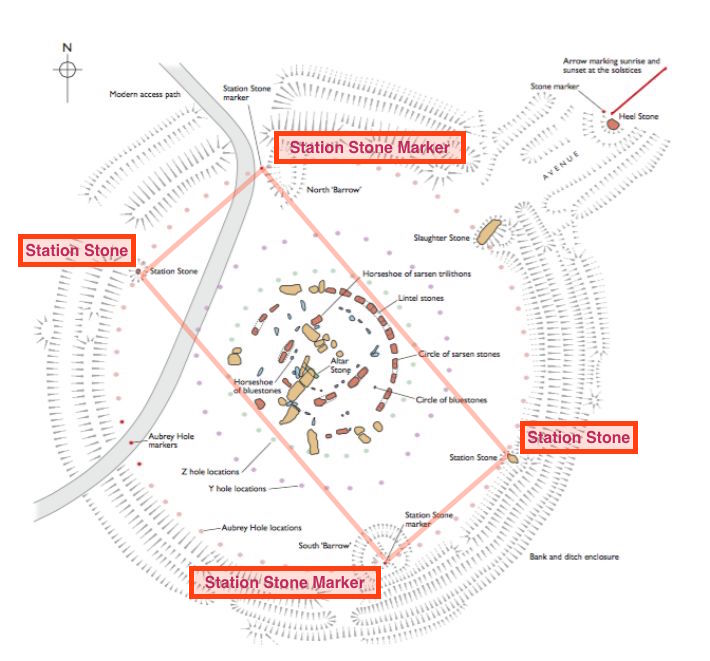
I spotted one isolated stone in the field, and found out that it was actually one of four “Station Stones” forming a rectangle enclosing the Stonehenge. Today, only two of these stones remain.
According to my audioguide, the actual purpose of these stones is unknown, but some people have speculated that they might have been related to the movement of the moon.
Round Barrows
I noticed that there were plenty of large mounds in the fields surrounding Stonehenge. According to the information board, these mounds are actually burial sites called Round Barrows.
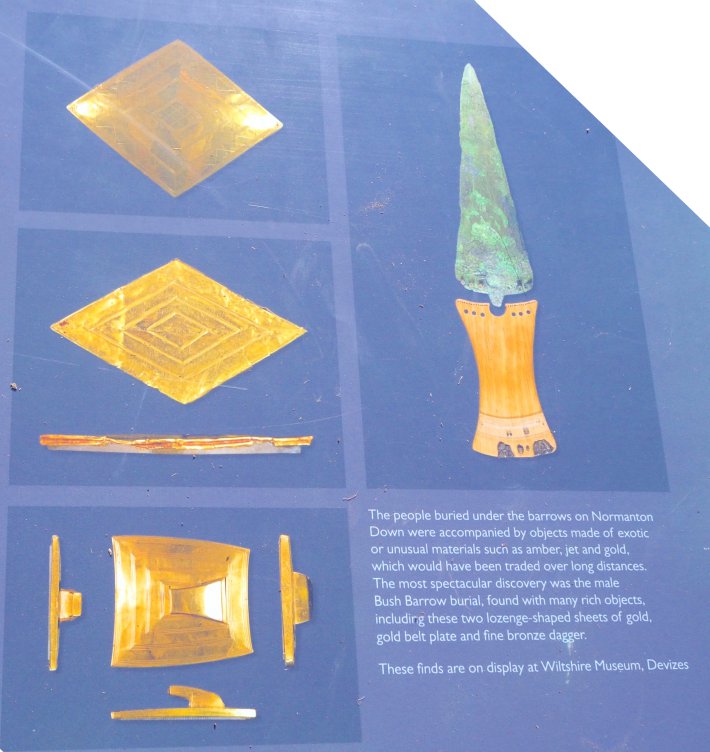
They were built between 2300 BC and 1600 BC, and contained many valuable grave goods such as various gold objects, ceremonial swords, bronze daggers with gold pins, etc.
Therefore, it is presumed that these round barrows were reserved for the burial of very important people. This is probably due to the sites’ proximity to Stonehenge.
There are hundreds of round barrows in the area. It was slightly spooky to find out that we were actually walking over a massive cemetery.
Different Views Of Stonehenge
As the wife and I continued walking along the path, we got to see Stonehenge from different angles. We took some photos from these new spots, but by now the Stonehenge was quite far away.
Heel Stone
Nearing the end of the circular path, we saw the famous Heel Stone. This massive block of sarsen stone weighs around 35 tons and is 4.7 metres tall, with a further 1.2 metres hidden underground.
It lies at the end of the Avenue, a three kilometre long strip of paved land that used to link Stonehenge to the River Avon. It was built in around 2300 BC, but much of it has been ploughed flat today.
Reading the information board, I learned that the Stonehenge, Heel Stone, and Avenue are perfectly aligned with both the sunrise of the summer solstice (longest day of the year) and the sunset of the winter solstice (shortest day of the year).
I saw arrows on the ground marking the directions of the summer solstice sunrise and the winter solstice sunset.
Stonehenge Visitor Centre
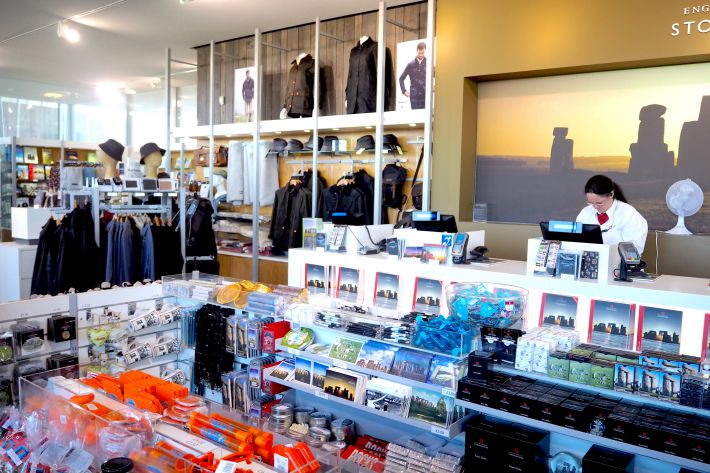
The wife and I took about one hour to walk around Stonehenge. After that, we took the shuttle bus back to the Stonehenge Visitor Centre, where we boarded our coach for our two hour ride back to London.
Conclusion
Personally, I felt that it was worth visiting the Stonehenge. More than just a tourist attraction, this prehistoric monument is a masterpiece of engineering with a fascinating history that can be traced back to around 10,000 years ago. This was definitely a tick off my bucket list!
Even though Stonehenge was created by cultures that did not leave any written records, there is a significant amount of archaeological evidence that help to paint a rough picture of what it was used for. For more details, you can visit the English Heritage website. I also recommend checking out this article which gives a very comprehensive and interesting writeup of the Stonehenge.
We visited Stonehenge on a day trip with Evan Evans Tours, which included a trip to Bath too. I highly recommend this awesome day tour which was very well organised. Our tour guide was very friendly and knowledgable too.



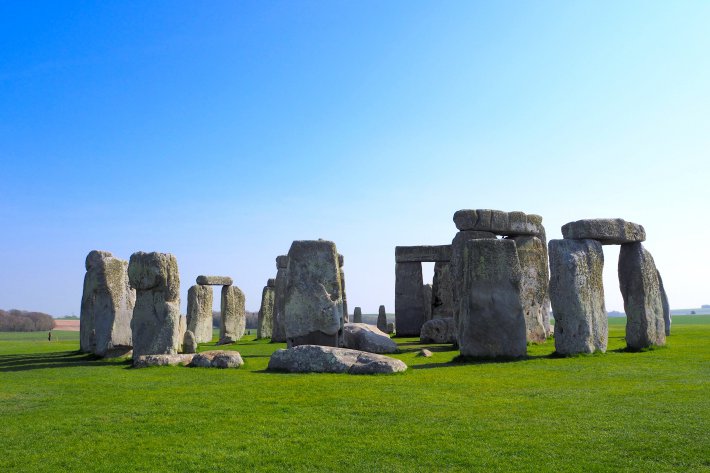
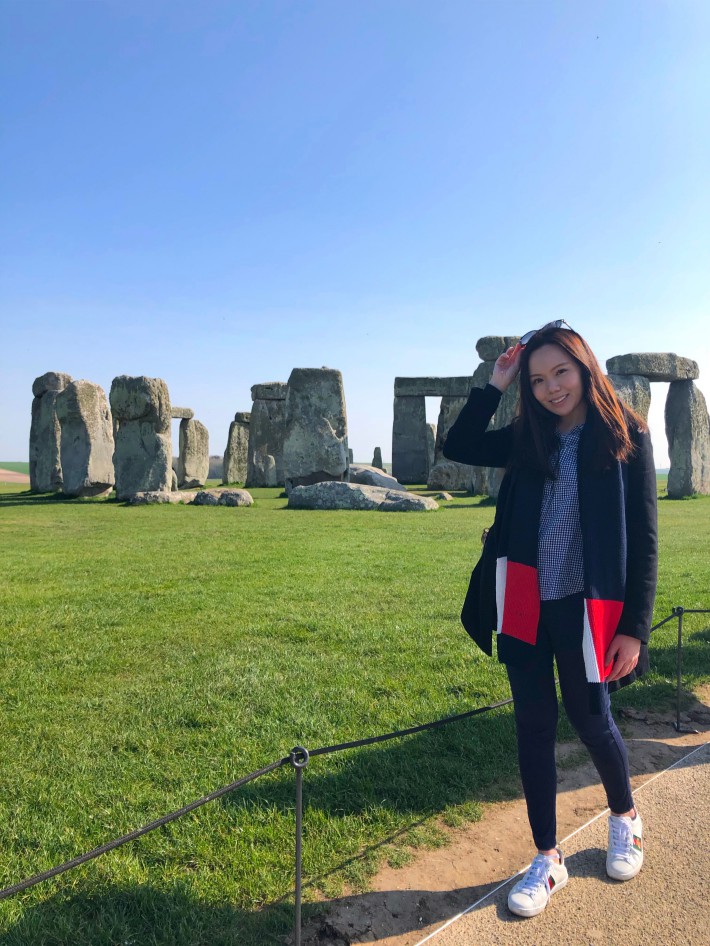
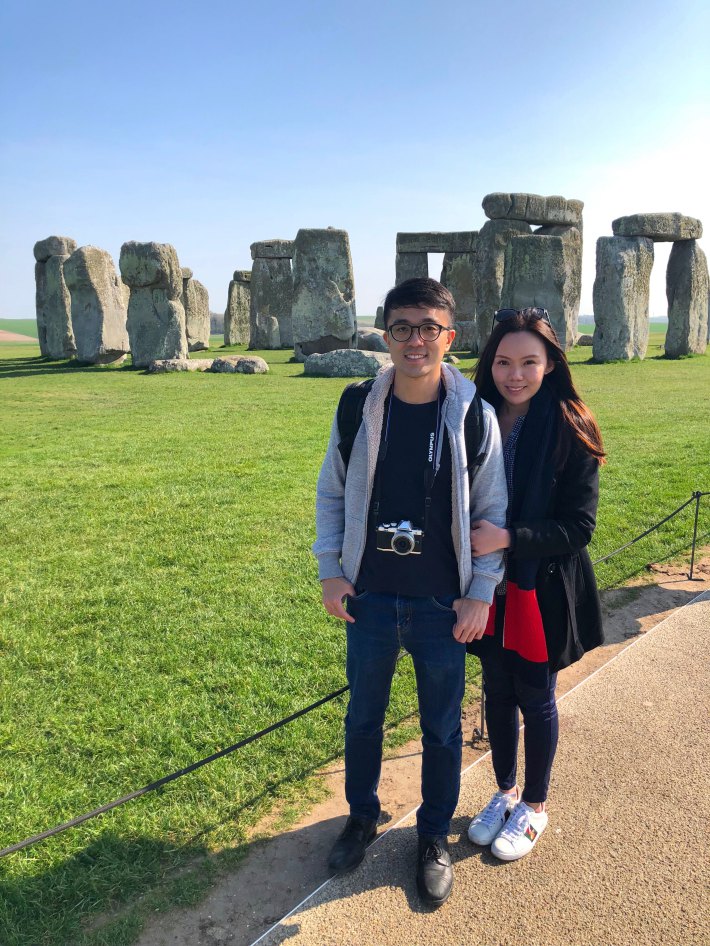
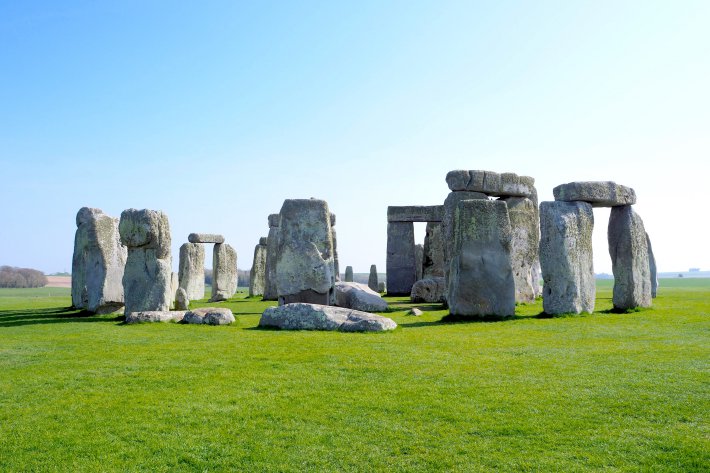
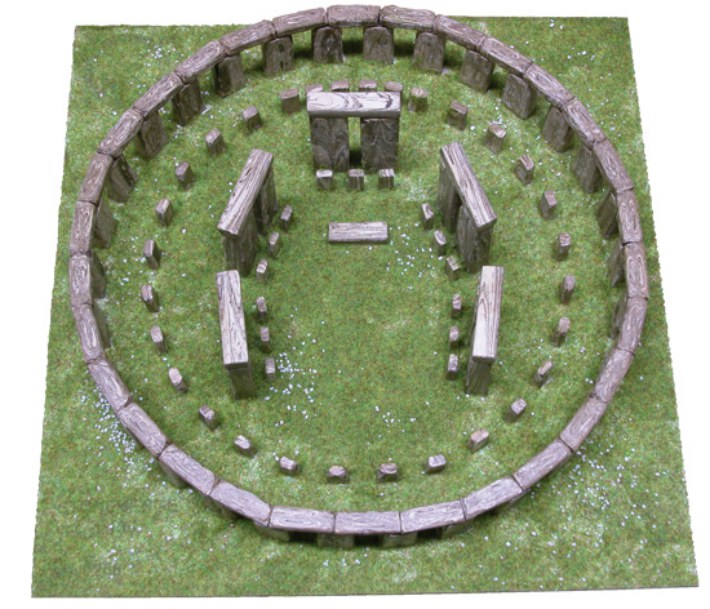

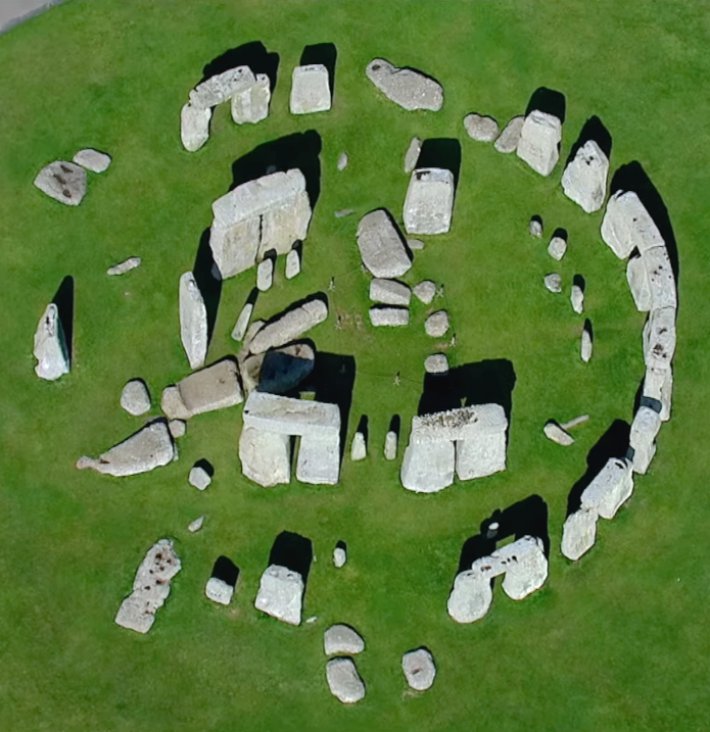
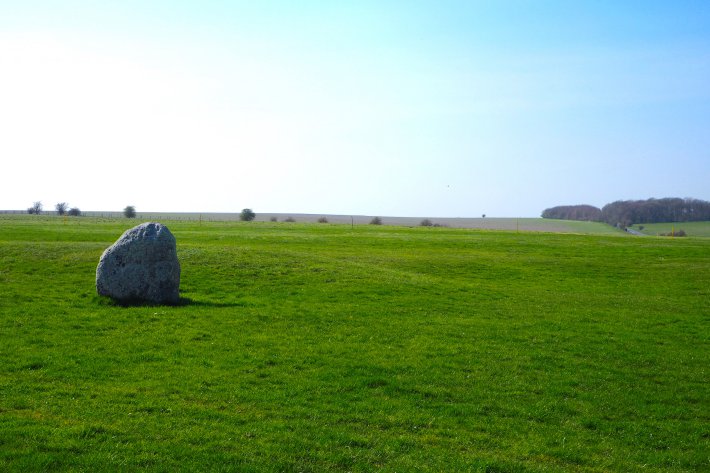
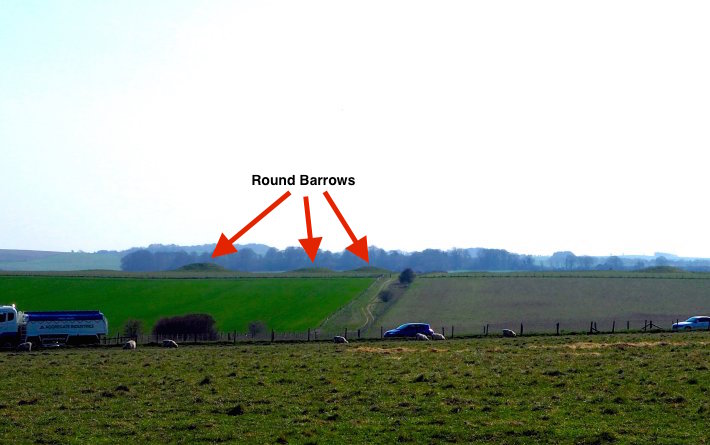
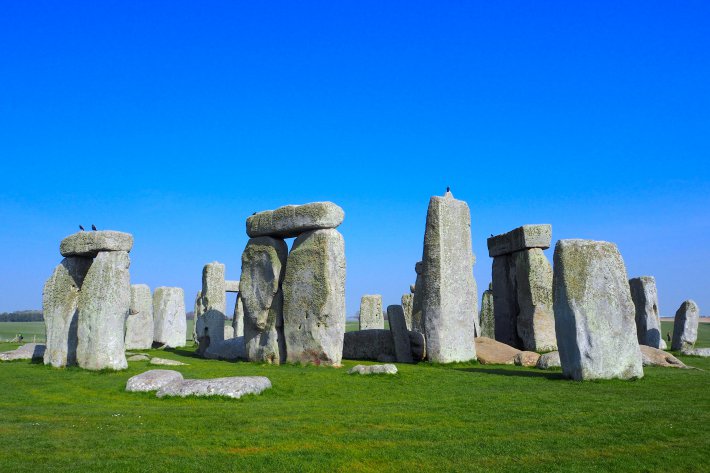
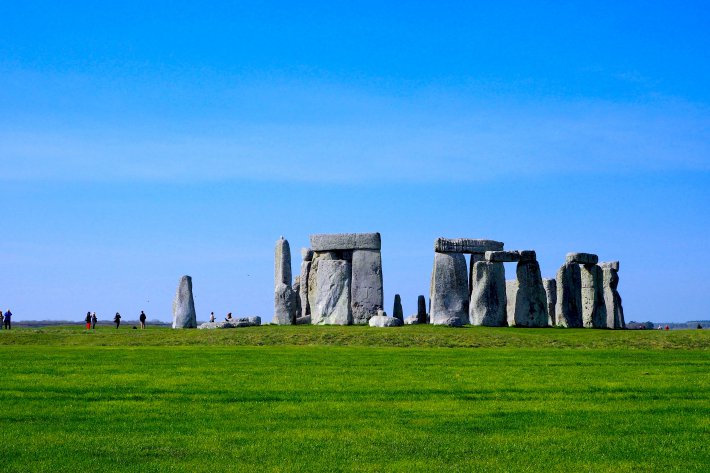
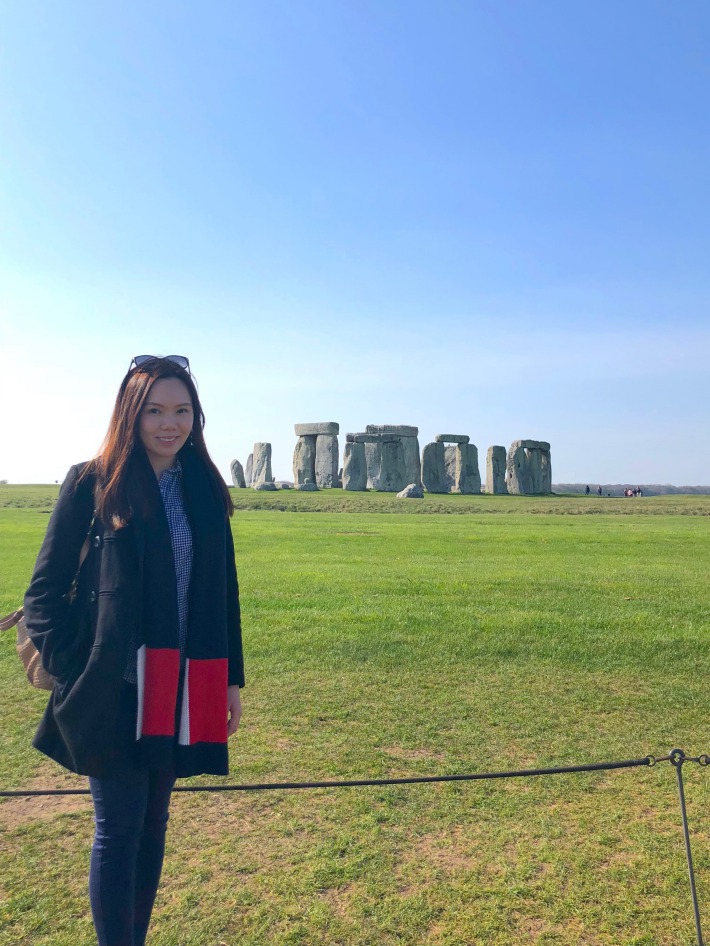

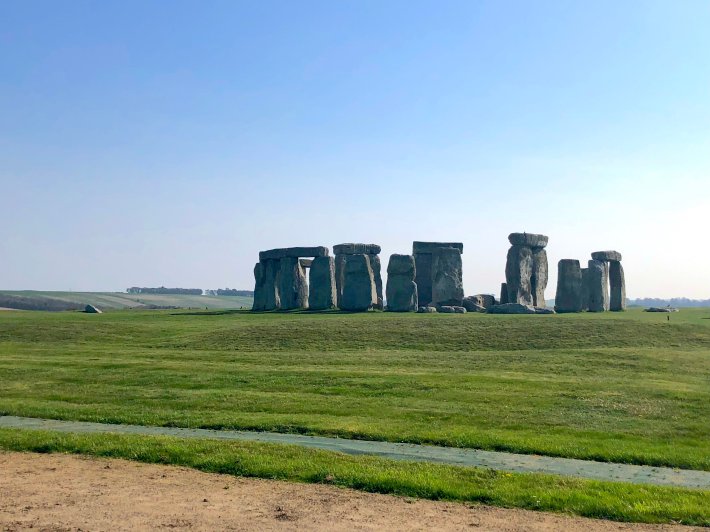
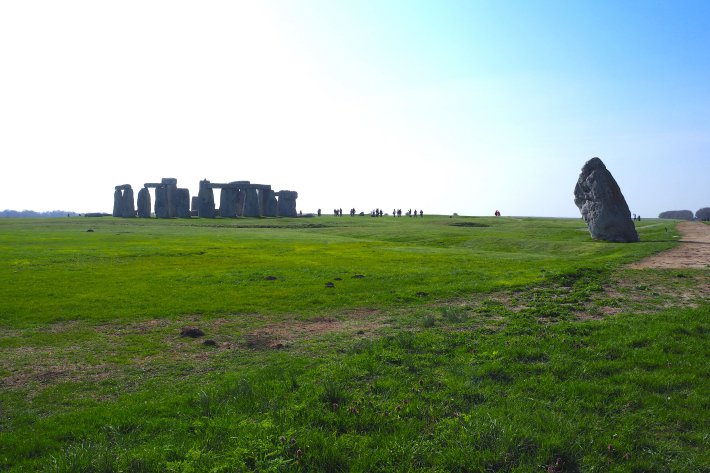
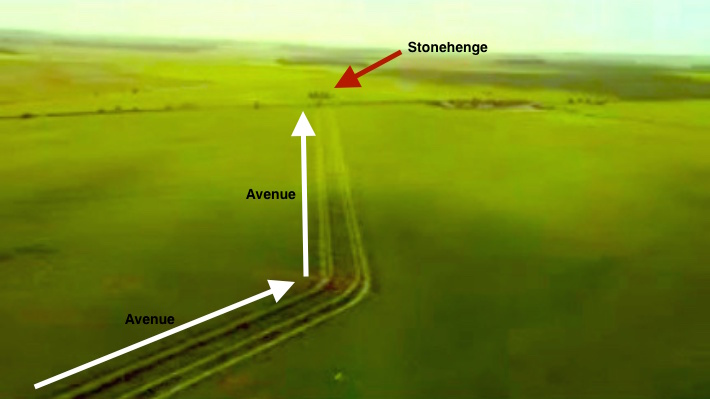
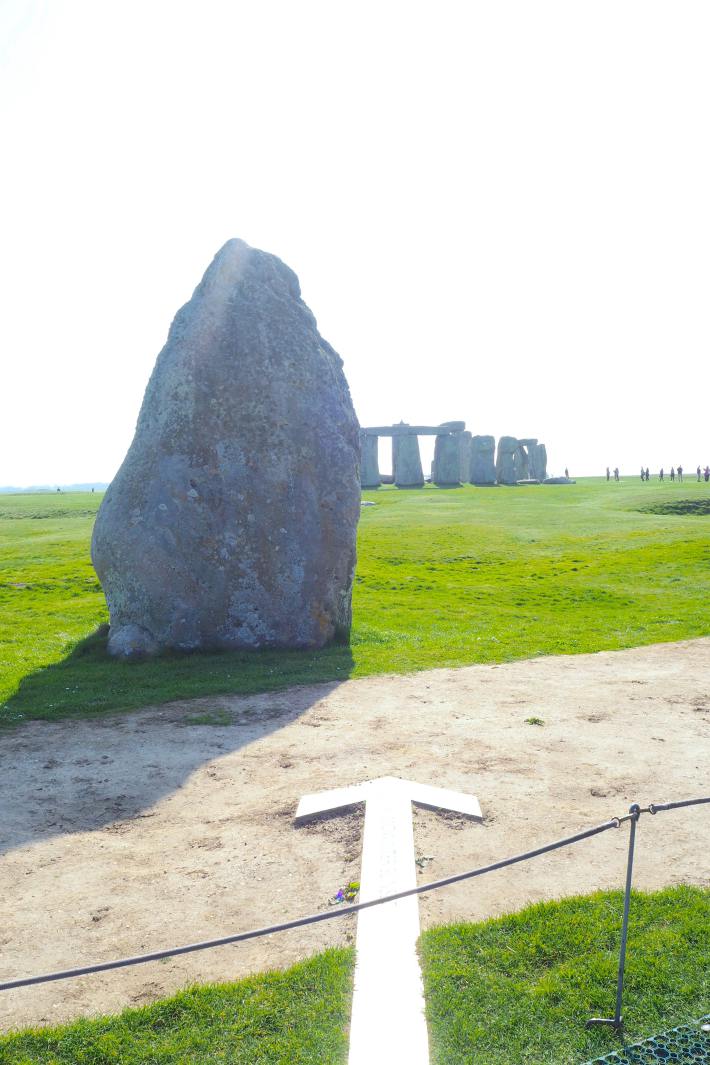
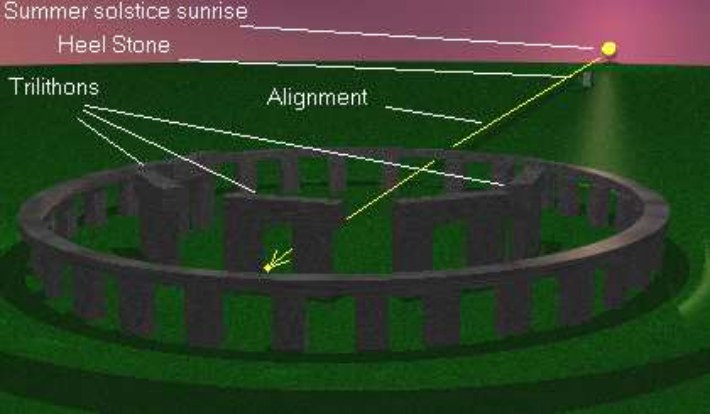
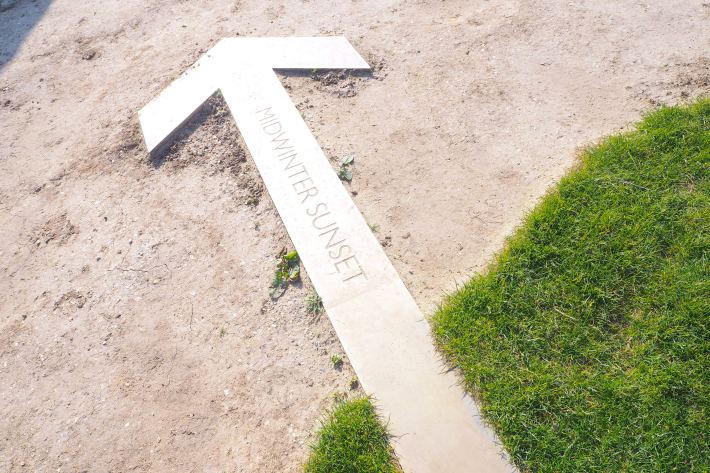
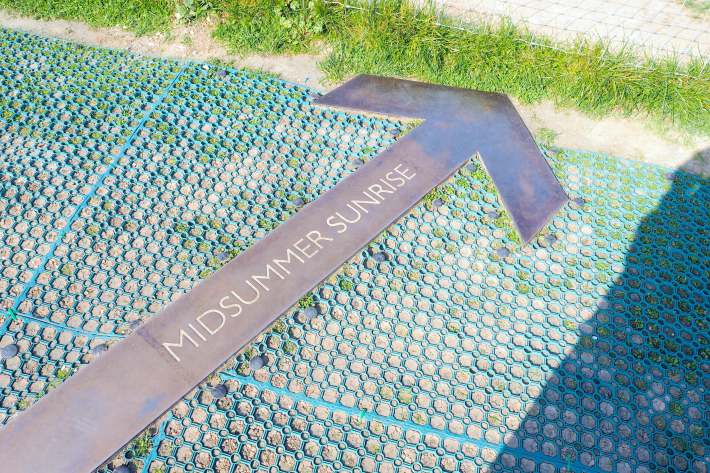
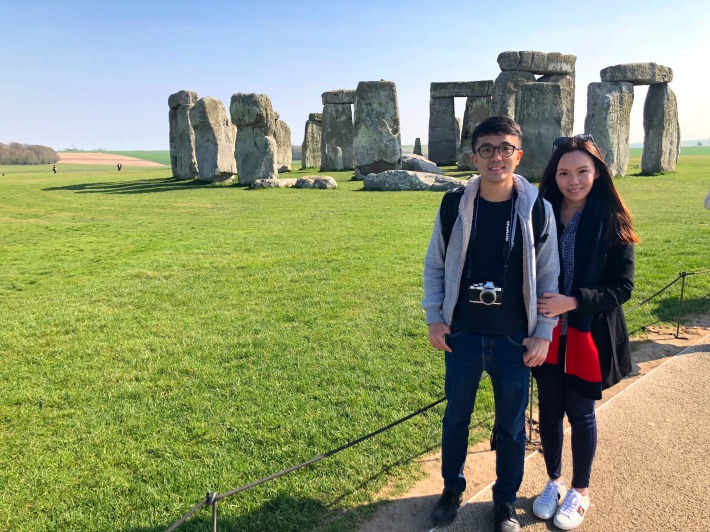
No comments yet